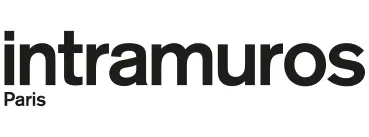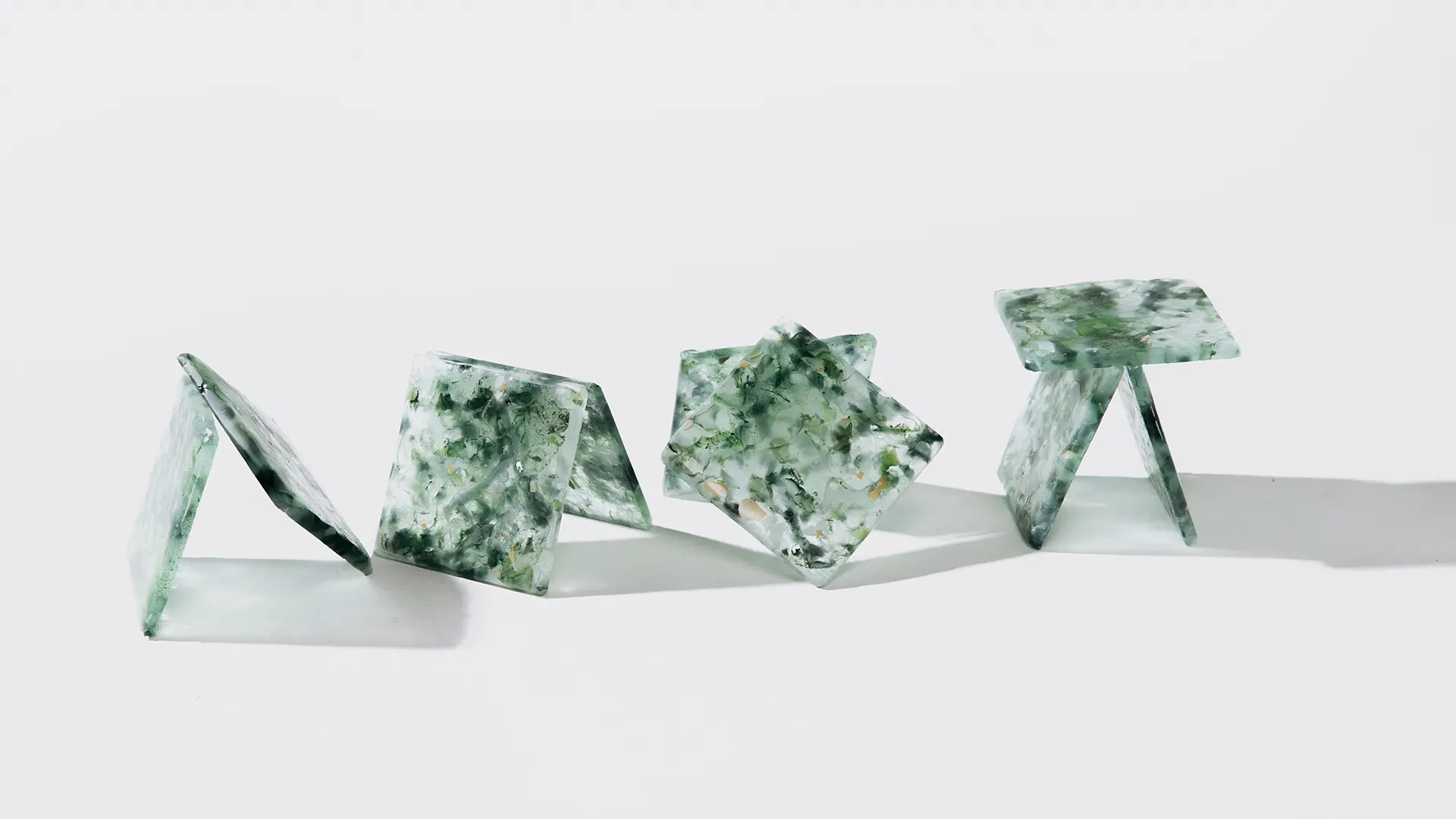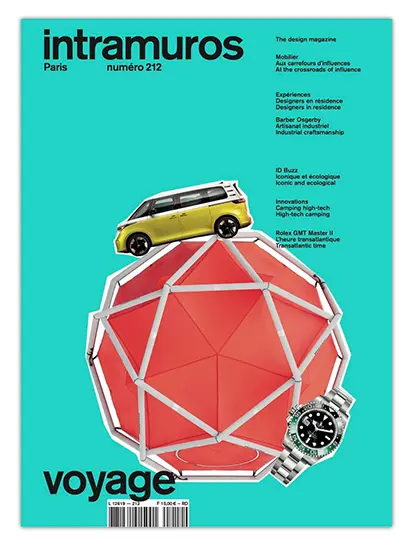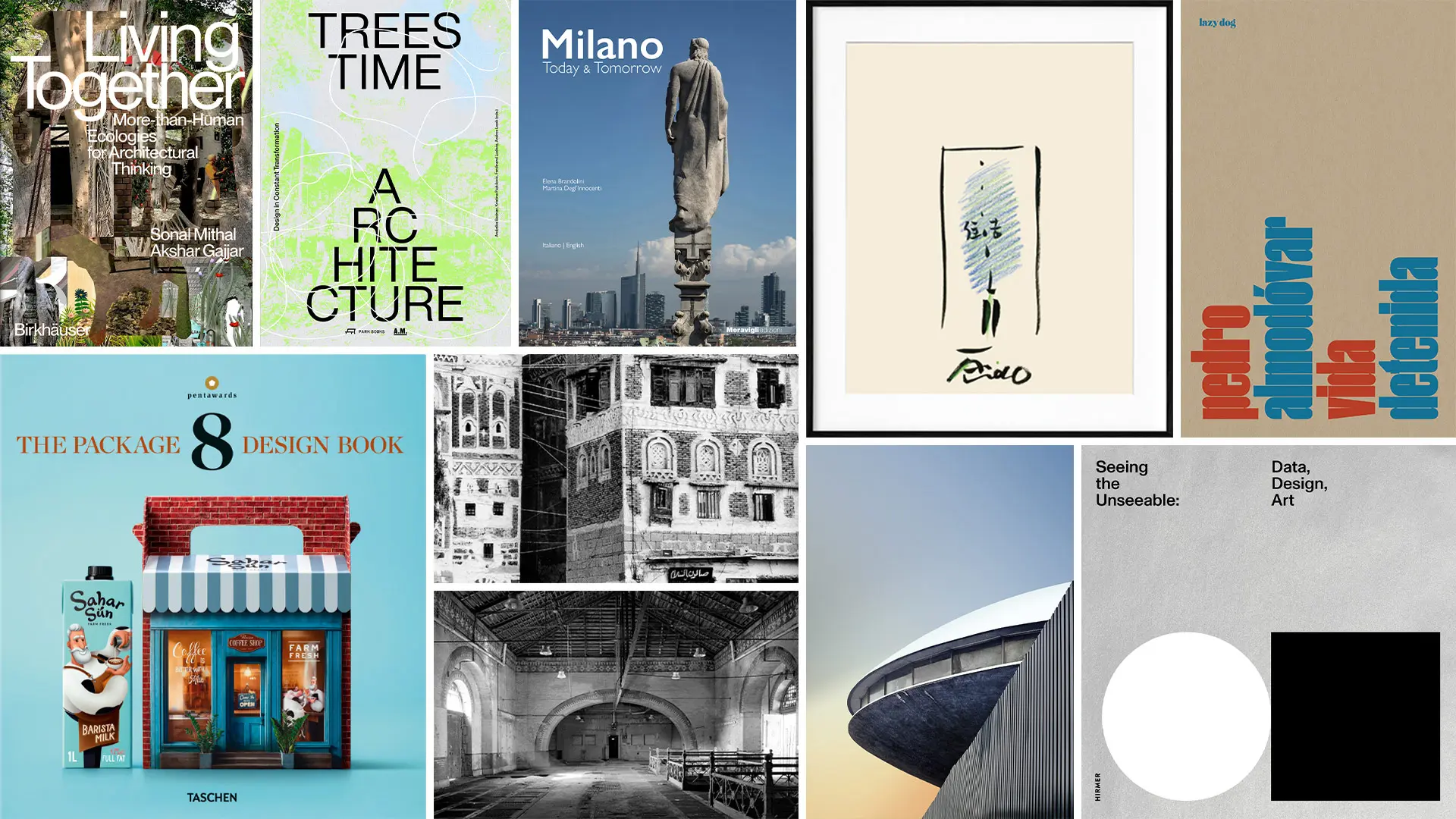From the Waldorf Astoria New York to the Hotel Danieli in Venice and the Aman Rosa Alpina: the reopenings that redefine luxury and contemporary hospitality.


Four innovative materials for architecture and interiors that focus on the concept of “healing as opposed to harming” selected by Intramuros

The Architectures of Salt by Erez Nevi Pana, the electronic glass by Studio Plastique, the sustainable mortar by Cogitech and the acoustic plant pulp by Baux are the innovative materials selected by the French magazine Intramuros: “wheter they are still in prototype, in the industrialization phase or already available, the four materials in this selection have a common goal: to heal the planet rather than harm it. Recycling what is already there, exploiting the by-products of human and industrial activities that are currently negleced, developing inexpensive materials, or entirely biobased, they all project a world that is sustainable, liveable... and beautiful!” - explore here the website of Intramuros.
Magazine: Intramuros
Country: France
Issue: issue 212 – July, August, September 2022
Article: Heal rather than harm: innovative materials for architecture and interior design
Author: Maëlle Campagnoli
Photo: Common Sands Forite, ph. Oioioi










